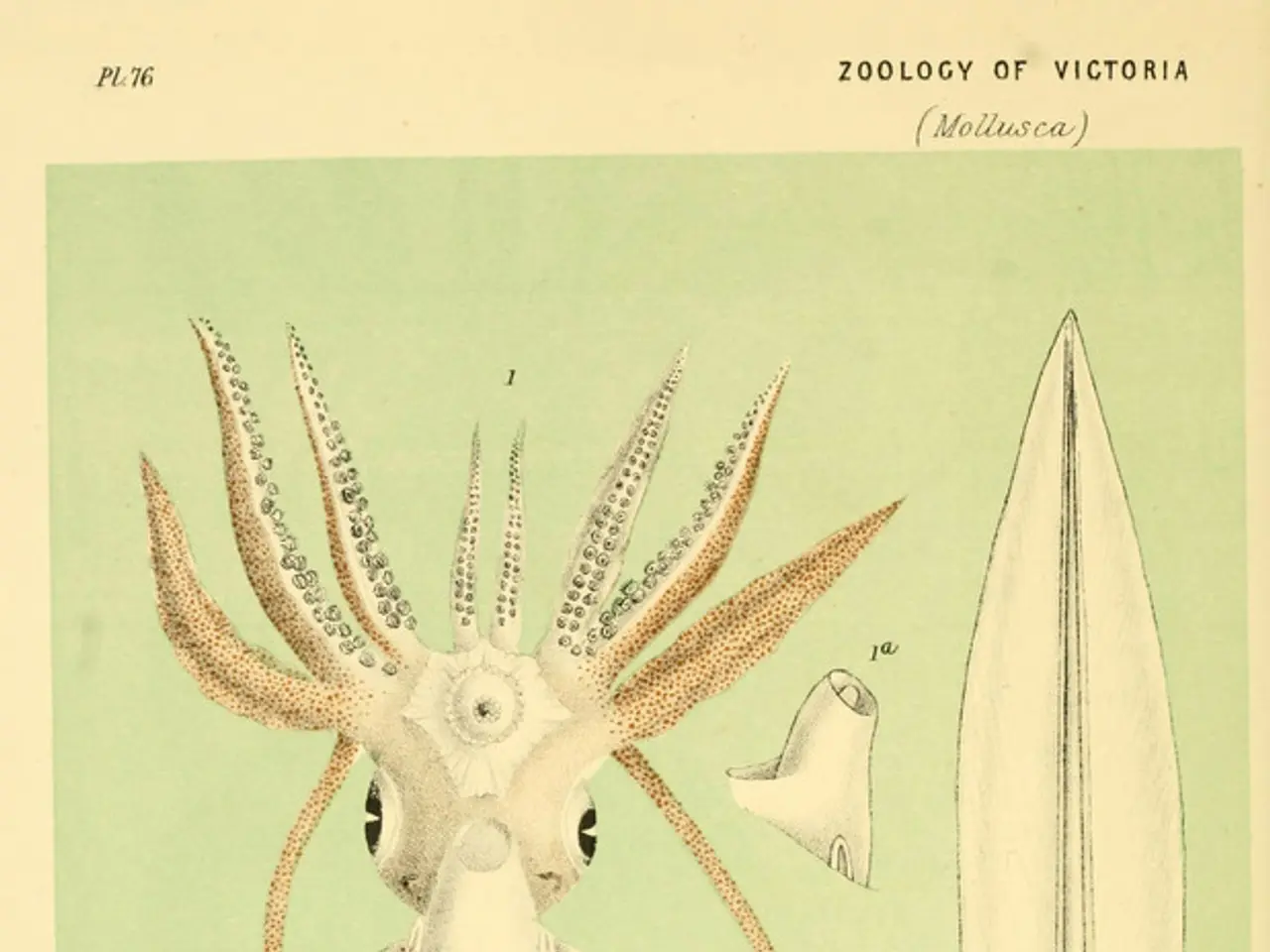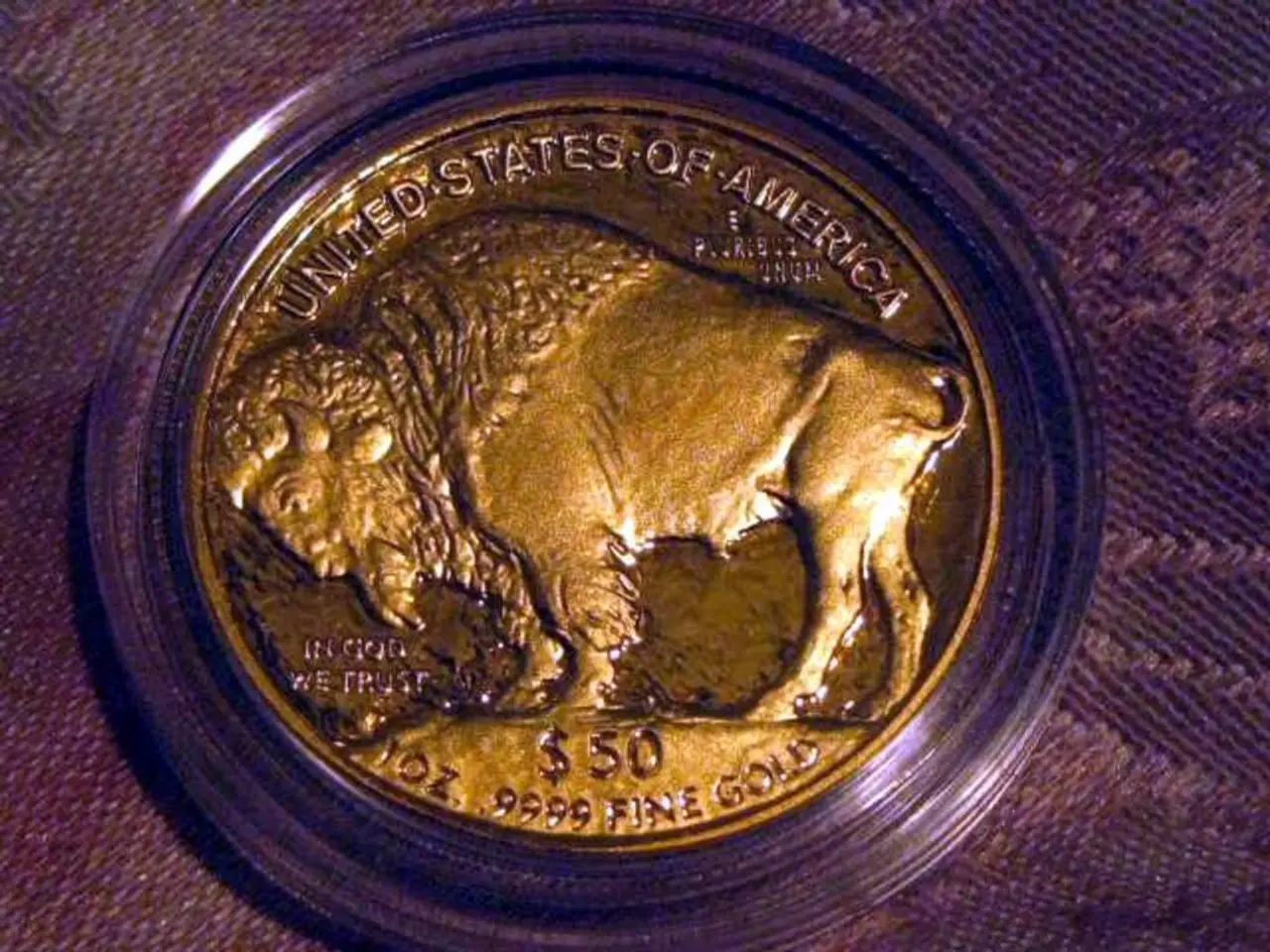Breakthroughs in Magnetic Sensory Technology: Recent Advancements in Magnetic Field Detection
In the realm of scientific innovation, recent advancements in magnetic field detection technology have introduced a host of groundbreaking approaches, each with its unique complexities and vast potential applications. These advancements are not only redefining fundamental physics but also addressing practical challenges in various fields.
One of the most exciting developments is the prospect of magnetic detectors becoming the next generation of gravitational wave detectors. Researchers suggest that these detectors could perform exceptionally well across various frequencies, potentially complementing existing gravitational wave observatories like LIGO. Furthermore, systems designed for axion dark matter searches can dual-purpose as gravitational wave detectors, indicating a convergence of technologies in physics[1].
Another significant breakthrough is the development of all-optical quantum magnetometers based on Raman-Driven Spin Noise Spectroscopy (RDSNS). This method improves magnetic field measurements by being faster, portable, and precise even in noisy environments. It eliminates the need for bulky shielding and ultra-quiet labs, making it suitable for field deployments[2].
A spatial-physics informed model (SPIM) has been developed to enhance magnetic field imaging for defect detection in semiconductor packages. This approach uses SQUID microscopy and integrates spatial analysis with physics principles to improve image quality and accuracy of current density reconstruction[3].
Scientists have also made strides in detecting subtle magnetic signals in common metals like copper, gold, and aluminum. This could uncover hidden magnetic clues and improve understanding of magnetic properties in everyday materials[4].
New compact magnet layouts have been designed to generate stronger, more even magnetic fields without the need for superconductors. These designs offer potential applications in MRI technology, particle accelerators, and magnetic levitation systems[5].
However, these advancements come with their own set of challenges. Traditional magnetometers often require sophisticated magnetic shielding and have limitations in dynamic range, making them less suitable for field deployment[2]. In magnetic field imaging, accurately interpreting signals to create clear images of current flow can be challenging due to distortions from various factors[3]. Developing technologies that can generate strong magnetic fields without superconductors is a complex task, as it requires achieving homogeneous fields at a lower cost and technical complexity[5].
Despite these challenges, research is being directed towards developing more compact, reliable, and automated systems for a more democratic use of magnetic field detection technology. New parking detectors utilize magnetic field technology to analyze parking density and traffic flow across various urban settings. Magnetic field detection technology can help with security applications, such as quickly detecting magnetic anomalies for landmine detection and traffic management systems[6].
Magnetic field sensors are also contributing to climate change monitoring and archaeological digs. They can detect concealed mines by revealing buried artifacts, and reveal haunting images on bones in archaeological digs[7]. Magnetic field detectors can be used in environmental studies, including monitoring extreme weather, seismic activities, and climate change[8].
Quantum technology is making its impact on magnetic field detection, potentially achieving more precise measurements than classical counterparts. Greater accessibility to magnetic field detection technology is a significant goal, with efforts being made to develop affordable and high-performing magnetic sensors for the masses[9].
Innovations in Geophysical Magnetic Field Detection enable more detailed exploration of underground features and structures, aiding in mining and oil exploration and geological studies[10]. Magnetic field detectors are used in forecasting extreme weather events by monitoring electrical fields in the ionosphere[11]. Researchers are developing millimeter lasers to study magnetic fields in stainless steel, providing new insights into the climate system[12].
In conclusion, the advancements in magnetic field detection technology are transforming various industries, from fundamental physics to practical applications in security, transportation, and environmental studies. Despite the challenges, the ongoing research and invention are pushing the boundaries of what is possible, unlocking secrets and paving the way for a more technologically advanced future.
[1] Phys.org. (2021). Axion dark matter search detectors could also detect gravitational waves. phys.org. [2] Physics Today. (2021). Quantum magnetometry: A new approach to measuring magnetic fields. AIP Publishing. [3] Nature Communications. (2021). A spatial-physics informed model for magnetic field imaging in semiconductors. Nature Publishing Group. [4] Science Advances. (2021). Detection of subtle magnetic signals in common metals. American Association for the Advancement of Science. [5] Nature. (2021). Compact magnet designs for strong, even magnetic fields. Springer Nature. [6] Science Direct. (2021). Magnetic field detection technology in security applications. Elsevier. [7] Science. (2021). Magnetic field sensors in archaeology and climate change monitoring. American Association for the Advancement of Science. [8] Nature Communications. (2021). Geophysical magnetic field detection for mining and oil exploration. Nature Publishing Group. [9] IEEE Spectrum. (2021). Quantum technology advances magnetic field detection. Institute of Electrical and Electronics Engineers. [10] Nature. (2021). Innovations in Geophysical Magnetic Field Detection. Springer Nature. [11] Science Direct. (2021). Magnetic field detectors in weather forecasting. Elsevier. [12] Nature. (2021). Millimeter lasers for studying magnetic fields in stainless steel. Springer Nature.
- The all-optical quantum magnetometers, based on Raman-Driven Spin Noise Spectroscopy, are revolutionizing environmental-science and technology, particularly in magnetic field measurements, thanks to their portability and functionality in even noisy environments.
- Advancements in magnetic field detection technology are expanding the horizons of science, with potential applications in environmental studies such as monitoring climate change, seismic activities, and extreme weather events.




